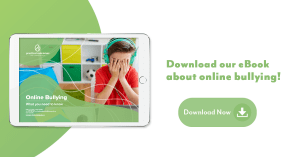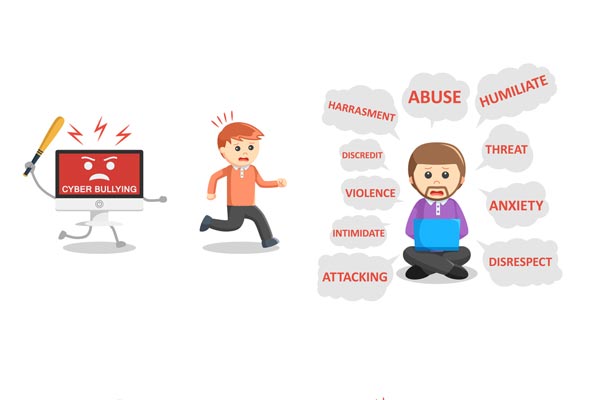
Online bullying affects around 20% of Australian children, though there are potentially more who do not tell others what they are experiencing. This is why it’s so essential that educators know how to take action against online bullying in children and protect young people.
Working with children, we have the privilege of being able to guide children in the right direction in life and give them the tools to become resilient, kind human beings.
While online bullying or cyberbullying is common, we can work together to combat online bullying in children. Here’s how:
- Talk about online bullying
Young children may not even know what online bullying is, even if they are at the receiving end. On the other hand, children who are engaging in the act of online bullying or witnessing it may not fully understand what they are involved in.
Tell children what online bullying is, what it could look like, where they might experience it and what to do if you see it or experience it firsthand. The best advice is to talk to an adult they trust who can help make it stop.
- Check in with children’s emotions
If a child is being bullied online, they may be feeling a range of emotions. Some children feel angry and frustrated, while feeling confused, embarrassed, scared, alone and sad are also likely to be in the mix.
As with any feeling we experience, talking about them is important. Make a point of asking children regularly how they are feeling. Even if you don’t suspect they are experiencing online bullying, giving children the opportunity to talk about their feelings can offer you further insight into their lives and help them to trust that you care.
- Teach online safety
The nature of online bullying means it doesn’t stop when they leave the school ground or the park. Devices and technology are everywhere in today’s society, making online bullying particularly relentless.
It’s important to show children that it doesn’t have to be inescapable. It’s okay to turn off the mobile phone, tablet or computer. Log out of Facebook or the online game and take some time out. Show children how to block people who upset them online and how to make records of any unpleasant messages they receive.
- Have an anti-bullying policy in place
Whether you work in a kindergarten or a primary school, or even in after school care, an anti-bullying policy is good practice. All children should know what constitutes online bullying and that there will be consequences for engaging in it. Make it clear that bullying on any platform is not acceptable.
- Educate parents
Encourage parents to minimise screen time for young children and always set up any online profiles for them, using the highest security settings. Parents should understand what signs of online bullying to look for and have children use devices in open family spaces in the home.
- Make records of your own
If you suspect online bullying in children who are in your care, make notes and record any incidents.
- Provide details for additional support
In some cases children simply may not want to reach out within their communities, but there are many support options that they can even access anonymously for support. Inform children that there are other people they can talk to, including Lifeline, Kids Helpline and ReachOut.
Another useful resource for educators, families and children is the Esafety website. Here you can report cyberbullying and learn more about how we can work together to combat online bullying in children.
Don’t forget to download our eBook about online bullying.
Missed our first two blogs in the series? Read them here!
Spotting the signs of online bullying




